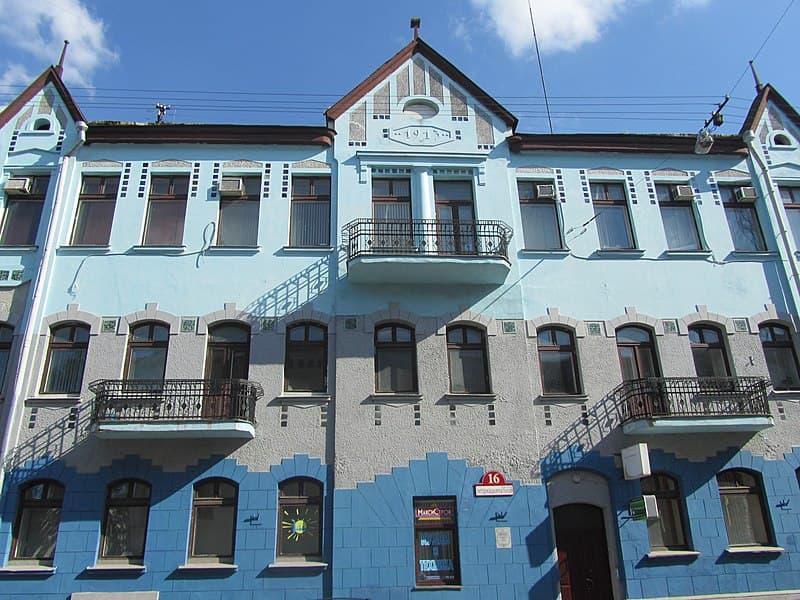Minsk. The Livshits House.
Landmark
Belarus, Minsk region, Minsk, Internatsionalnaya str., 16.
Description
In Minsk, on Internatsionalnaya Street, there is an architectural monument - the Livshits House. The house was built in 1890 as an apartment building, and in 1913 the building was significantly rebuilt in the Art Nouveau style. At first, there was another owner of the building, and in 1907, merchant Solomon Livshits purchased this apartment building.
There were residential apartments and a workshop. After the revolution, the house was nationalized and used for administrative offices.
On the front facade, an image of the year of reconstruction "1913" has been preserved on the pediment.
Categories
Historical
Architectural monument
Comments
Reviews to the Place
1Алег Дзьячкоу
16.03.2025
Minsk. The Livshits House.
The Livshits House was built in the Art Nouveau style in Minsk along Internatsionalnaya Street. The building was built in 1890 as an apartment building. In 1913, the building was significantly rebuilt.
In former times, Internatsionalnaya Street was first called Sborovaya Street during the period of the Grand Duchy of Lithuania, and during the time of the Russian Empire it was called Tyuremnaya (Prison) Street, and later Preobrazhenskaya Street.
In the second half of the 19th century, there were wooden buildings on this piece of land, which were destroyed by fire in 1881. In 1890, the merchant Rubinstein Hillel built a residential building on this site, which was two-storied with a passage arch on the ground floor. At the turn of the 19th and 20th centuries, an outbuilding and outbuildings were erected.
Minsk merchant Solomon Livshits acquired all these buildings in 1907, which were used as residential apartments. There was a locksmith's workshop and residential apartments in the wing.
In 1913, the building was significantly rebuilt and changed. The third floor was added and the architectural appearance of the front facade was changed. The reconstruction plan was approved by the city council, and the date with the image "1913" has been preserved on the pediment to this day.
After the revolution, the house was nationalized and used for administrative offices.

-1742140702837.jpg&w=3840&q=75)
